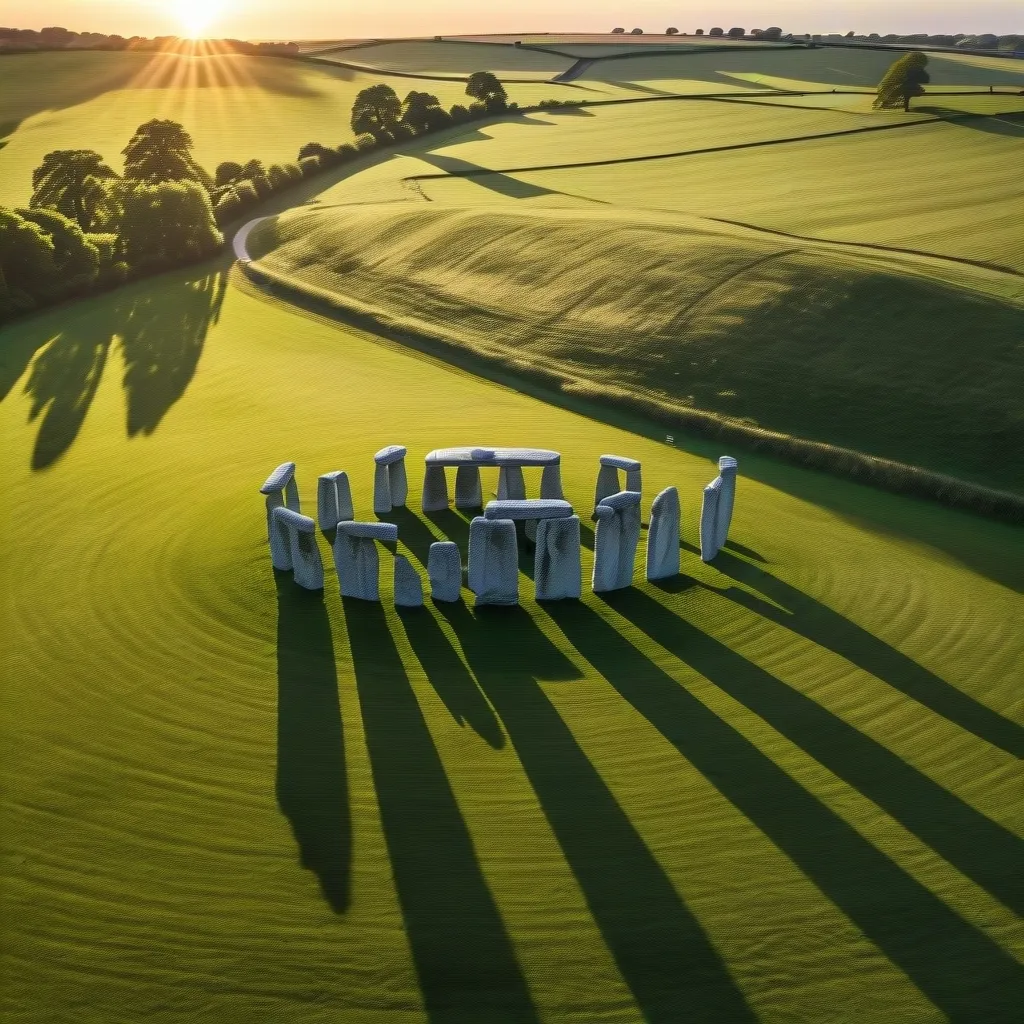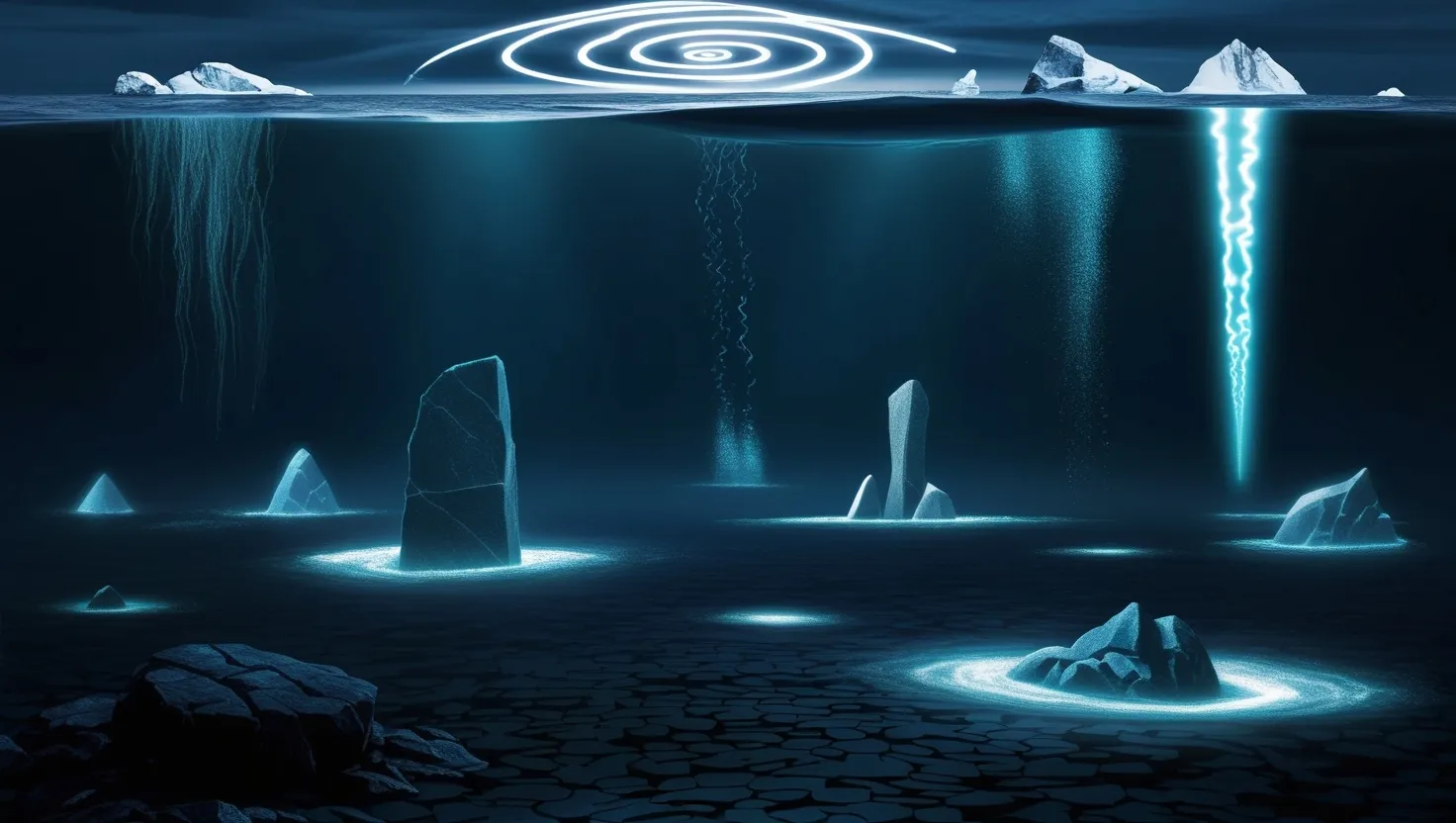Stonehenge: Ancient Wonder, Modern Mystery
Stonehenge has captivated imaginations for centuries. This iconic monument, with its massive stone circles, stands as a testament to human ingenuity and ancient mysteries. But who really built it? Was it giants from folklore or skilled ancient engineers? Let’s dive into the fascinating world of Stonehenge and uncover some surprising truths.
Picture yourself standing on Salisbury Plain, surrounded by rolling green hills. In the distance, you see a circle of towering stones, some reaching over 20 feet high. It’s easy to understand why people once believed giants must have built this incredible structure. I mean, how else could those massive rocks have been moved and placed so precisely?
The giant mythology has deep roots in British folklore. These weren’t just big, strong creatures - they were said to be super smart too. According to legend, giant geomancers with deep knowledge of astronomy and surveying skills created Stonehenge. They were like the ancient world’s ultimate engineers, ruling from mountain tops and hillforts.
Even today, you can find traces of this giant lore. In some British towns, they still parade giant effigies through the streets. It’s like a living connection to those old stories. Pretty cool, right?
But here’s the thing - while these tales are fun and add a sense of magic to Stonehenge, they’re not backed up by real evidence. So what’s the true story behind this amazing place?
Recent scientific discoveries have shed new light on Stonehenge’s origins. It turns out, the biggest stones (called sarsens) came from an area called West Woods, about 15 miles north of the site. Now, 15 miles might not sound far to us, but imagine moving 40-ton rocks that distance without any modern machinery!
The ancient builders likely chose a western route to transport these massive stones. They would have had to haul them across Salisbury Plain and up a steep hill. It wasn’t an easy journey, but it was probably better than trying to drag them through dense forests along the eastern path.
But wait, it gets even more impressive. Some of the smaller stones, called bluestones, came from much farther away - all the way from Wales! And here’s a mind-blowing fact: one special stone, known as the Altar Stone, traveled an incredible 466 miles from northeastern Scotland. Can you imagine coordinating that kind of journey 5,000 years ago?
These long-distance stone movements tell us a lot about the people who built Stonehenge. They must have been incredibly organized and skilled. Think about the planning it would take to move huge rocks hundreds of miles. They probably used a mix of land and sea routes, showing how resourceful they were.
Modern science has been a game-changer in solving Stonehenge mysteries. Researchers use cool techniques like mass spectrometry to figure out exactly where the stones came from. By analyzing tiny mineral grains, they can match stones to their original quarry sites. It’s like geological detective work!
These scientific breakthroughs don’t just tell us about the stones - they give us a window into the lives of the people who built Stonehenge. We’re learning more about their culture, rituals, and incredible engineering skills.
Visiting Stonehenge today is a powerful experience. As you walk around the massive stone circle, you can’t help but feel connected to the past. It’s like reaching across thousands of years to touch the work of our ancestors.
For some people, Stonehenge is more than just a historical site - it’s part of their personal story. Take Anthony Clarke, for example. He grew up in Wales, near where some of the bluestones came from. Years later, he ended up working on the team that discovered the Altar Stone’s Scottish origins. How’s that for a full-circle moment?
Clarke’s story reminds us that Stonehenge isn’t just about ancient history. It continues to inspire people and spark curiosity even today. Scientists, locals, and visitors from around the world all feel drawn to this mysterious place.
So, what can we conclude about Stonehenge? While the giant stories are fun to imagine, the reality is just as impressive. The monument was built by our human ancestors - people with incredible skills, determination, and a level of organization we’re still trying to fully understand.
Think about it - over 5,000 years ago, without any of our modern technology, these ancient engineers created something that still awes us today. They moved massive stones across huge distances, aligned them with astronomical precision, and built a structure that has stood the test of time.
Stonehenge reminds us of the amazing things humans can achieve when we work together and push the boundaries of what seems possible. It’s a celebration of human creativity, perseverance, and our desire to leave a lasting mark on the world.
Next time you see a picture of Stonehenge or get the chance to visit, take a moment to really appreciate it. Think about the incredible journey those stones took, the countless hours of labor that went into building it, and the mysteries that still surround it.
In many ways, Stonehenge is like a giant puzzle from the past. We’re still piecing together clues, but each new discovery helps us better understand our ancestors and their world. It’s a reminder that there’s always more to learn and explore, even about things that have been around for thousands of years.
Whether you’re fascinated by ancient engineering, love a good mystery, or just appreciate incredible human achievements, Stonehenge has something to offer. It stands as a timeless monument to human ingenuity, sparking wonder and curiosity across generations.
So, the next time someone asks you about Stonehenge, you can tell them it wasn’t built by giants - but the true story is just as amazing. It’s a tale of determination, skill, and the incredible things we humans can accomplish when we put our minds to it. And who knows? Maybe someday you’ll be the one to uncover the next big Stonehenge secret!






